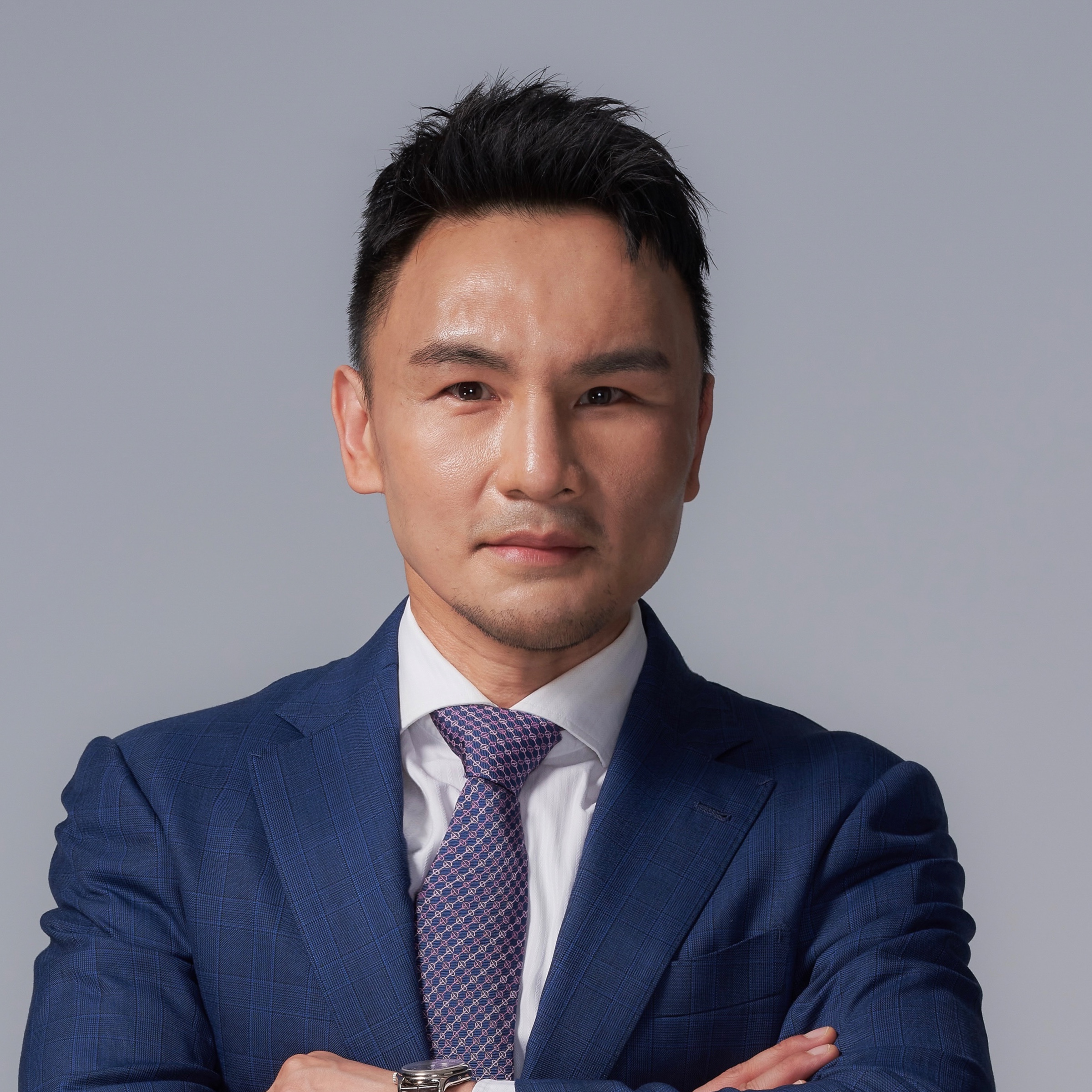VOLTAR
IMCAS Asia 2024
IMCAS Asia 2024
Programa
022
Why shall we purchase a pico laser
Sala: Room 4 - Level 2
Data: sexta-feira 21 junho 2024 de 14:00 às 15:00
Formato: FOCUS SESSION > lectures covering a major topic of the congress
Data: sexta-feira 21 junho 2024 de 14:00 às 15:00
Formato: FOCUS SESSION > lectures covering a major topic of the congress
Apresentações desta sessão
| Horas | Palestrantes | Título da apresentação | Resumo | Número |
| 14:00 | Treating active acne in skin of color through Micro Lens Array by achieving picosecond laser end points with the nanosecond lasers | Visualizar | 134308 | |
| 14:10 | Is Picosec lasers superior to Nanosec lasers? | Visualizar | 134305 | |
| 14:20 | A novel approach to treating Acne Scar with Microneedles Radio Frequency in combination with multifocal lengths Picosecond 1064nm Laser: A Clinical Study | Visualizar | 134306 | |
| 14:30 | Energy-based device for acne scar: Microneedling RF, CO2 fractional laser or picosecond lasers? | 134307 | ||
| 14:40 | Peak Pico Power: Discovering 785nm Picosecond Laser Technologies for Effective Pigment Treatments (Educational grant from LASEROPTEK) | 138586 | ||
| 14:52 | Discussion and Q&A | 134309 | ||













